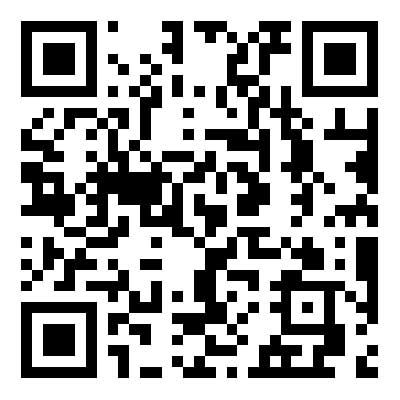Weaving Wonders: The Symphony of Precision in Computerized Textile Knitting Machines
2023-12-20
Introduction:
In the ever-evolving landscape of textile manufacturing, the integration of computerized and electronic control systems into knitting machines has ushered in a new era of precision and versatility. These sophisticated technologies transform the once mechanical art of knitting into a symphony of digital orchestration. In this blog post, we'll unravel the intricate threads of how computerized control is seamlessly integrated into modern textile knitting machines and explore the advantages it brings to the world of fabric creation.
1. Understanding Computerized Knitting Machines:
- Digital Precision:
- Computerized knitting machines leverage digital technology to control various aspects of the knitting process.
- These machines are equipped with electronic components and software that enhance precision and flexibility.
- Automated Functions:
- Automation is a key feature, allowing for automated stitch formation, pattern changes, and other functions.
- Electronic controls replace manual interventions, leading to greater efficiency.
2. Components of Computerized Knitting Machines:
- Electronic Needle Selection:
- Computerized machines often feature electronic needle selection mechanisms.
- This allows for precise control over which needles are active, enabling the creation of intricate stitch patterns.
- Programmable Controllers:
- Programmable controllers, powered by embedded software, enable the machine to execute a wide range of stitch patterns and designs.
- Operators can input specific instructions, and the machine interprets these commands to create complex fabrics.
- Sensor Systems:
- Sensor systems are integrated to monitor yarn tension, fabric quality, and other parameters.
- Sensors provide real-time feedback to the machine, allowing it to make adjustments for optimal performance.
- Touchscreen Interfaces:
- Many modern machines are equipped with user-friendly touchscreen interfaces.
- Operators can interact with the machine, input design parameters, and monitor the knitting process through intuitive interfaces.
3. Advantages of Computerized Control in Textile Knitting Machines:
- Precision and Consistency:
- One of the primary advantages is the precision and consistency achieved in stitch formation.
- Computerized control ensures that each stitch is formed with accuracy, resulting in high-quality fabrics.
- Versatility in Design:
- Computerized knitting machines offer unparalleled versatility in design.
- Operators can easily switch between different stitch patterns, create intricate textures, and incorporate complex designs.
- Efficiency and Speed:
- Automation and electronic control contribute to increased efficiency and speed in the knitting process.
- Rapid pattern changes, automated yarn feeding, and precise stitch formation reduce production times.
- Ease of Programming:
- Programming computerized knitting machines is more accessible than traditional methods.
- Designers can input detailed instructions and experiment with different patterns without the need for intricate manual adjustments.
- Reduced Human Error:
- The risk of human error is minimized with computerized control.
- Automated functions and electronic monitoring systems reduce the likelihood of mistakes in the knitting process.
- Customization and Personalization:
- Computerized knitting machines enable a high level of customization and personalization.
- Designers can easily create bespoke fabrics with unique patterns, textures, and even personalized elements.
Conclusion: The Digital Tapestry of Tomorrow:
The integration of computerized and electronic control into textile knitting machines marks a transformative chapter in the world of fabric creation. What was once a manual and artisanal process has evolved into a digital symphony of precision, versatility, and efficiency. Computerized knitting machines are not just tools; they are the maestros conducting a seamless orchestra of stitches, creating fabrics that meet the demands of a dynamic and ever-changing market. As technology continues to advance, the digital tapestry of tomorrow unfolds, weaving innovation and creativity into every thread of the textile industry.



